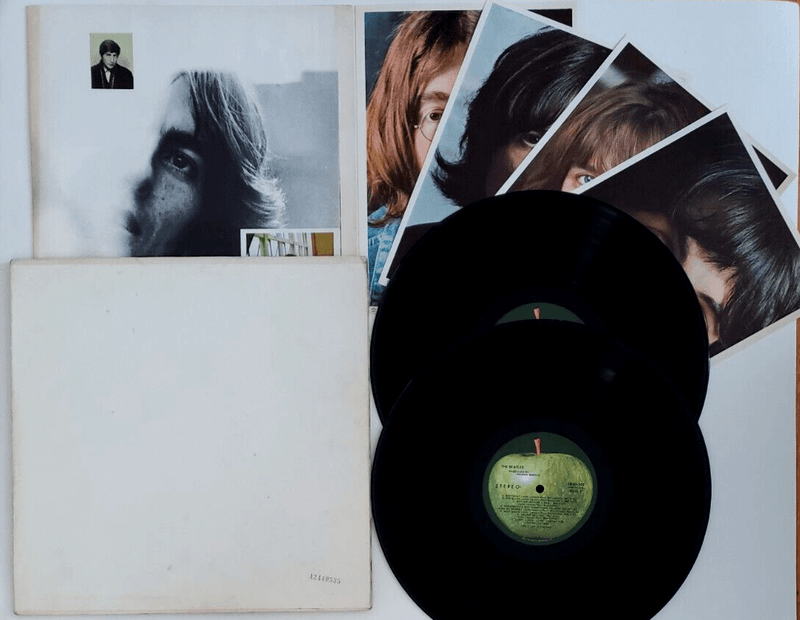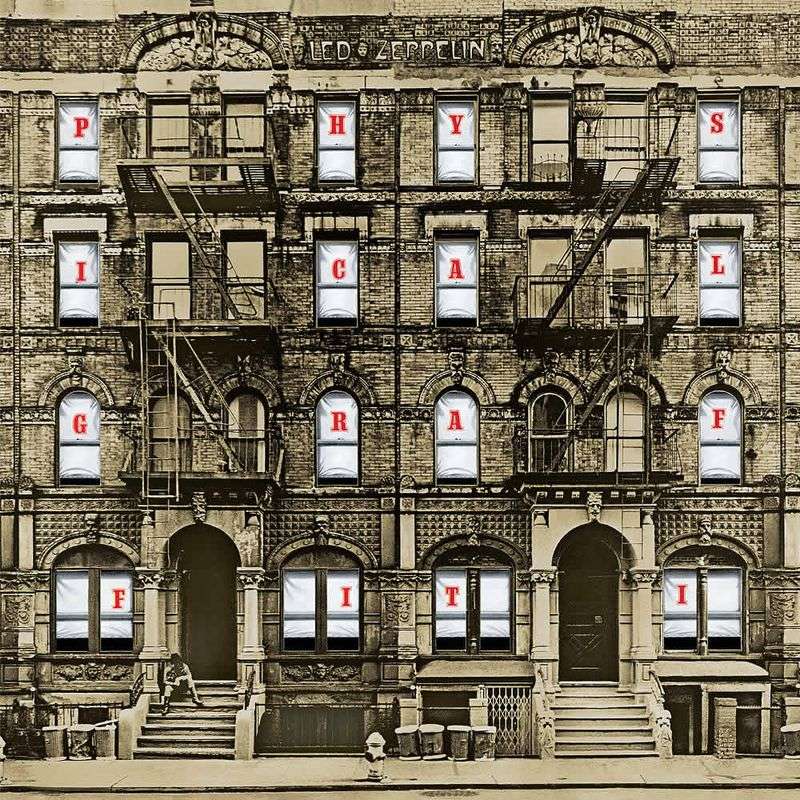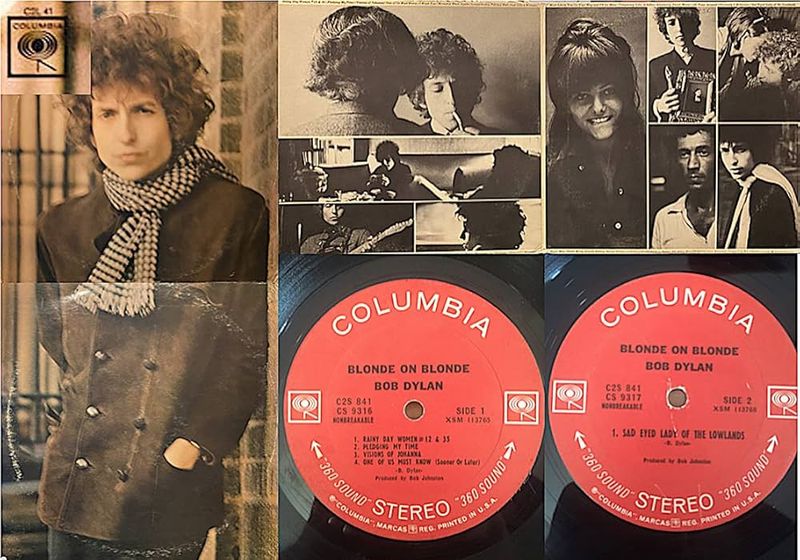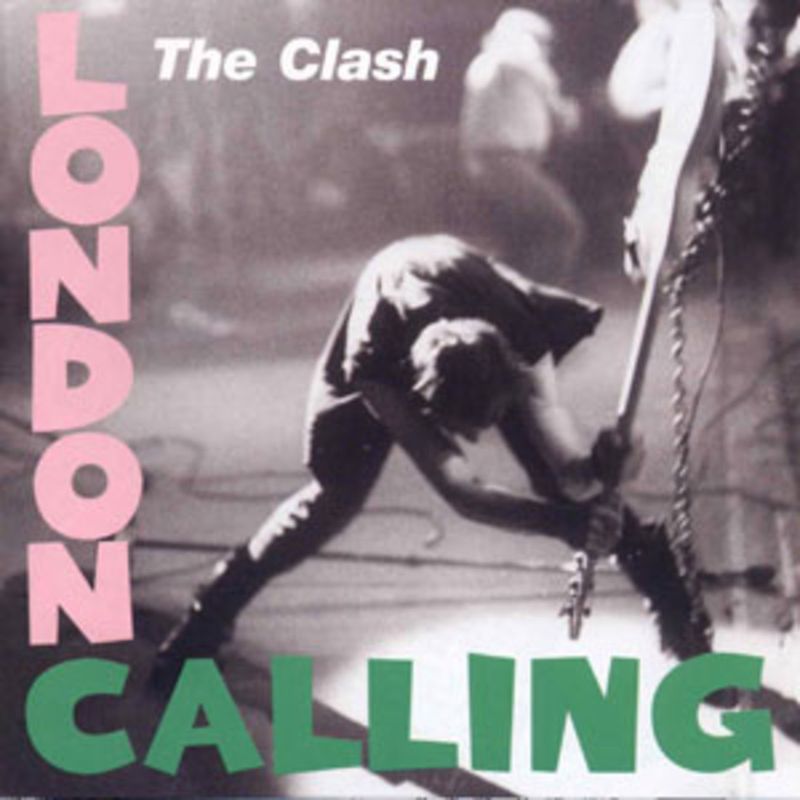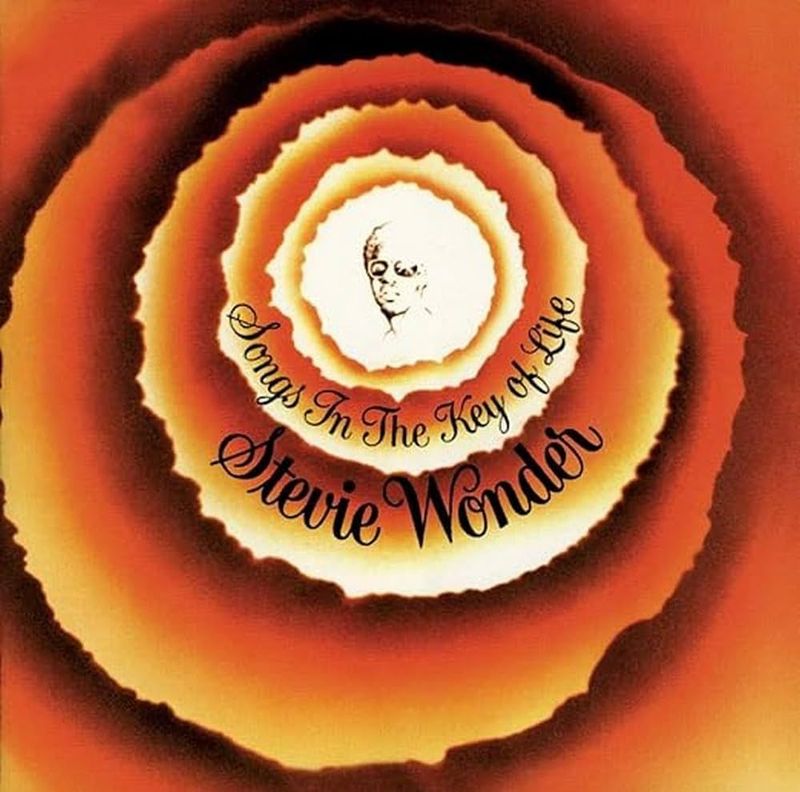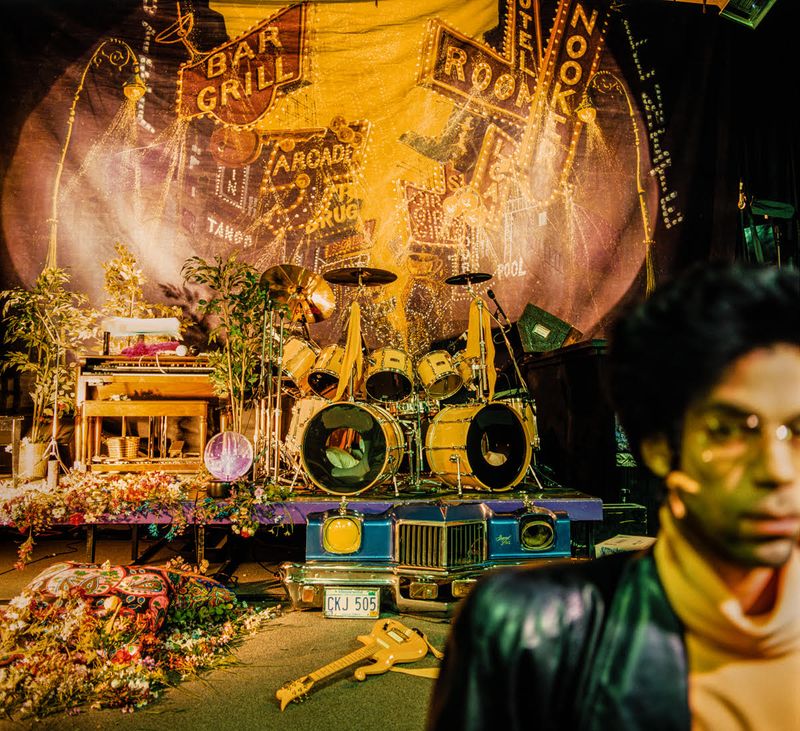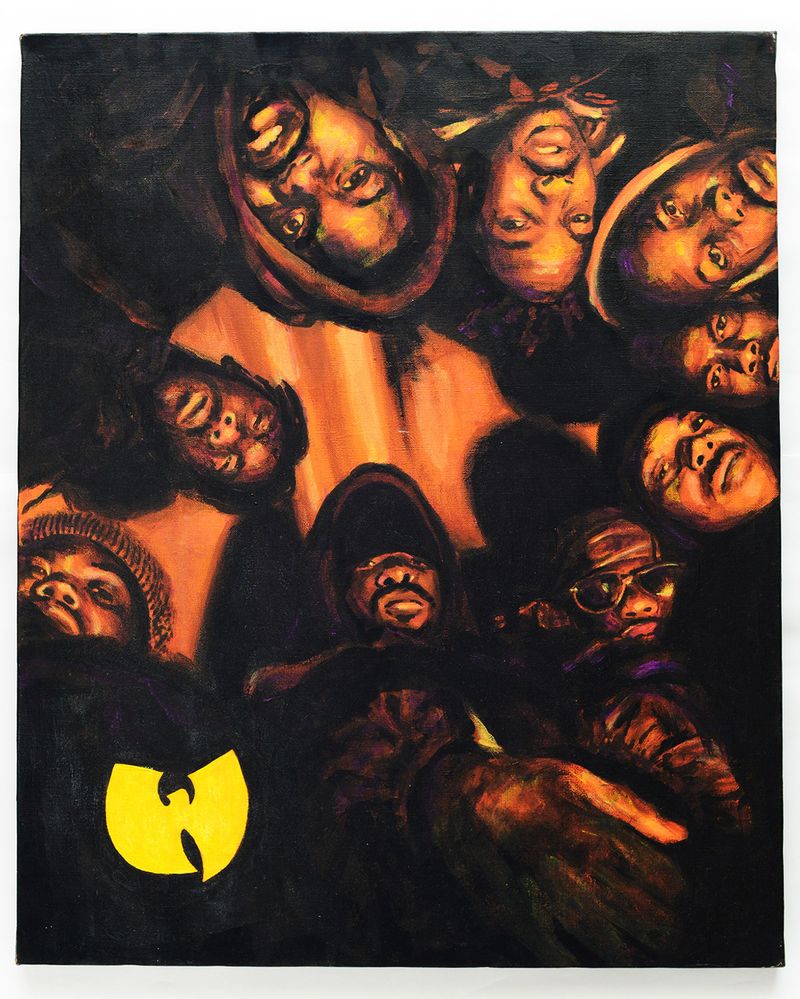Double albums represent some of the most ambitious projects in music history. These expansive records give artists room to experiment, tell complex stories, and showcase their full range of talents across multiple vinyl discs or CDs. From rock operas to genre-blending masterpieces, these musical marathons have changed how we think about albums as art forms and influenced generations of musicians.
1. The Beatles – The White Album (1968)
Thirty songs sprawl across this self-titled masterpiece, nicknamed for its plain white cover. The Fab Four returned from India with a treasure chest of ideas that couldn’t be contained on a single record.
Each Beatle’s personality shines through – Paul’s melodic “Blackbird,” John’s raucous “Happiness Is a Warm Gun,” George’s introspective “While My Guitar Gently Weeps,” and Ringo’s playful “Don’t Pass Me By.” The album swings wildly between styles, from the heavy metal prototype “Helter Skelter” to the lullaby-like “Good Night.”
Though recorded during a tense period in the band’s history, this creative explosion captures The Beatles at their most fearlessly experimental.
2. Pink Floyd – The Wall (1979)
Roger Waters’ semi-autobiographical concept album follows Pink, a rock star whose psychological walls begin crumbling under pressure. The narrative unfolds through 26 tracks blending hard rock, orchestral arrangements, and sound effects into a seamless musical journey.
Producer Bob Ezrin helped craft the album’s theatrical flow, connecting songs with recurring musical themes. “Another Brick in the Wall, Pt. 2” became an unlikely number one hit with its schoolchildren choir, while “Comfortably Numb” features one of David Gilmour’s most celebrated guitar solos.
The Wall’s exploration of isolation resonated globally, selling over 30 million copies and inspiring an elaborate concert production where a physical wall was built between band and audience.
3. The Rolling Stones – Exile on Main St. (1972)
Recorded primarily in Keith Richards’ rented French villa during the band’s tax exile from England, this album captures the Stones at their most raw and uninhibited. The basement recording sessions created a murky, humid sound that perfectly complemented the band’s bluesy swagger.
Mick Jagger’s vocals often seem deliberately buried in the mix, fighting through a dense wall of guitars, horns, and backing vocals. Standout tracks like “Tumbling Dice” and “Happy” showcase the band’s ability to blend rock, country, gospel, and blues into something distinctly Stones-like.
Initially receiving mixed reviews, Exile has since been recognized as the band’s definitive statement – the sound of rock royalty getting their hands dirty in the musical trenches.
4. Led Zeppelin – Physical Graffiti (1975)
After six successful albums, Led Zeppelin embraced the double album format to showcase their full musical range. The result was a 15-track masterpiece spanning hard rock, funk, country, and Eastern-influenced epics.
“Kashmir” stands as the album’s centerpiece – a hypnotic journey featuring strings arranged by guitarist Jimmy Page. The funk-rock groove of “Trampled Under Foot” showcases John Paul Jones’ keyboard wizardry, while “In My Time of Dying” extends to over 11 minutes of slide guitar brilliance.
The album’s iconic cover depicts a New York tenement building with die-cut windows, revealing colorful inner sleeves when removed from the jacket – a physical manifestation of the architectural musical structures within.
5. Bob Dylan – Blonde on Blonde (1966)
Rock’s first significant double album arrived in 1966 as Dylan reached the peak of his electric period. Recorded with Nashville session musicians, the album creates a swirling, mercury-like sound that perfectly complements Dylan’s surreal wordplay.
The album opens with the carnival-like “Rainy Day Women #12 & 35” before exploring romantic obsession in “Visions of Johanna” and playful desire in “I Want You.” The epic 11-minute closer “Sad Eyed Lady of the Lowlands” took up an entire album side and was reportedly recorded in a single take at 4 AM.
Dylan described the album’s sound as “that thin, wild mercury sound… metallic and bright gold.” This poetic description perfectly captures the album’s dreamlike atmosphere.
6. The Clash – London Calling (1979)
Though technically a double album (containing 19 tracks across four vinyl sides), London Calling was priced as a single album – a deliberate move by The Clash to make their music more accessible. The album’s famous cover, showing Paul Simonon smashing his bass guitar, perfectly captures the band’s rebellious energy.
Moving beyond punk’s three-chord simplicity, the band incorporated reggae, rockabilly, ska, jazz, and R&B influences. The apocalyptic title track became an instant classic, while “Train in Vain” (added so late it wasn’t listed on early covers) gave them their first US hit.
Producer Guy Stevens created the album’s raw energy by throwing chairs around the studio and pouring wine over pianos during recording sessions.
7. Stevie Wonder – Songs in the Key of Life (1976)
After signing the music industry’s largest contract at that time ($13 million with Motown), Stevie Wonder delivered this ambitious double album plus bonus EP. Two years in the making, it features over 130 musicians, including jazz legends Herbie Hancock and George Benson.
Wonder’s musical genius shines throughout – from the joyous horn-driven tribute to Duke Ellington in “Sir Duke” to the tender celebration of his daughter’s birth in “Isn’t She Lovely.” The album balances personal songs with social commentary like “Village Ghetto Land” and “Black Man.”
Wonder played most instruments himself, including drums, bass, and multiple keyboard parts. This labor of love remains his definitive statement – a musical autobiography capturing an artist at the absolute height of his creative powers.
8. Prince – Sign o’ the Times (1987)
Originally planned as three separate albums, Prince consolidated his ideas into this 16-track double album after Warner Bros. rejected his initial triple-album concept. The result is a stunning display of musical versatility from an artist at his creative peak.
The sparse title track addresses social issues over a minimal funk beat, while “U Got the Look” (featuring Sheena Easton) delivers pure pop perfection. Prince plays nearly every instrument, with songs ranging from the gospel-infused “The Cross” to the jazz experimentation of “Strange Relationship.”
The album’s eclectic nature reflects Prince’s musical restlessness during this period. He recorded enough material for multiple albums while also creating side projects like Madhouse and The Family.
9. The Jimi Hendrix Experience – Electric Ladyland (1968)
Hendrix’s only number one album in America represents his fullest artistic statement. Taking control as producer, he spent months crafting this ambitious double album in multiple studios with an expanding cast of musicians.
The album showcases Hendrix’s expanding musical vision beyond the power trio format. “Voodoo Chile” stretches to 15 minutes with guest musicians including Steve Winwood, while “1983… (A Merman I Should Turn to Be)” creates an underwater soundscape through innovative studio techniques. His reimagining of Dylan’s “All Along the Watchtower” became definitive, with even Dylan adopting Hendrix’s arrangement for live performances.
Sadly, it would be the final studio album released during Hendrix’s lifetime. He died just two years later at age 27.
10. Wu-Tang Clan – Wu-Tang Forever (1997)
Five years after their revolutionary debut, the nine-member Wu-Tang Clan returned with this ambitious 27-track double CD. The album’s opening declaration – “Wu-Tang is forever” – proved prophetic, as this epic solidified their legacy in hip-hop history.
Producer RZA expanded his sonic palette beyond the gritty minimalism of their debut. Cinematic string samples and kung-fu film dialogue create a rich backdrop for the group’s razor-sharp lyricism. The six-minute posse cut “Triumph” features all nine members without a chorus – a bold artistic statement that still became a radio hit.
Despite its length and complexity, the album debuted at #1 on the Billboard charts, proving that commercial success and uncompromising artistic vision could coexist in hip-hop.

